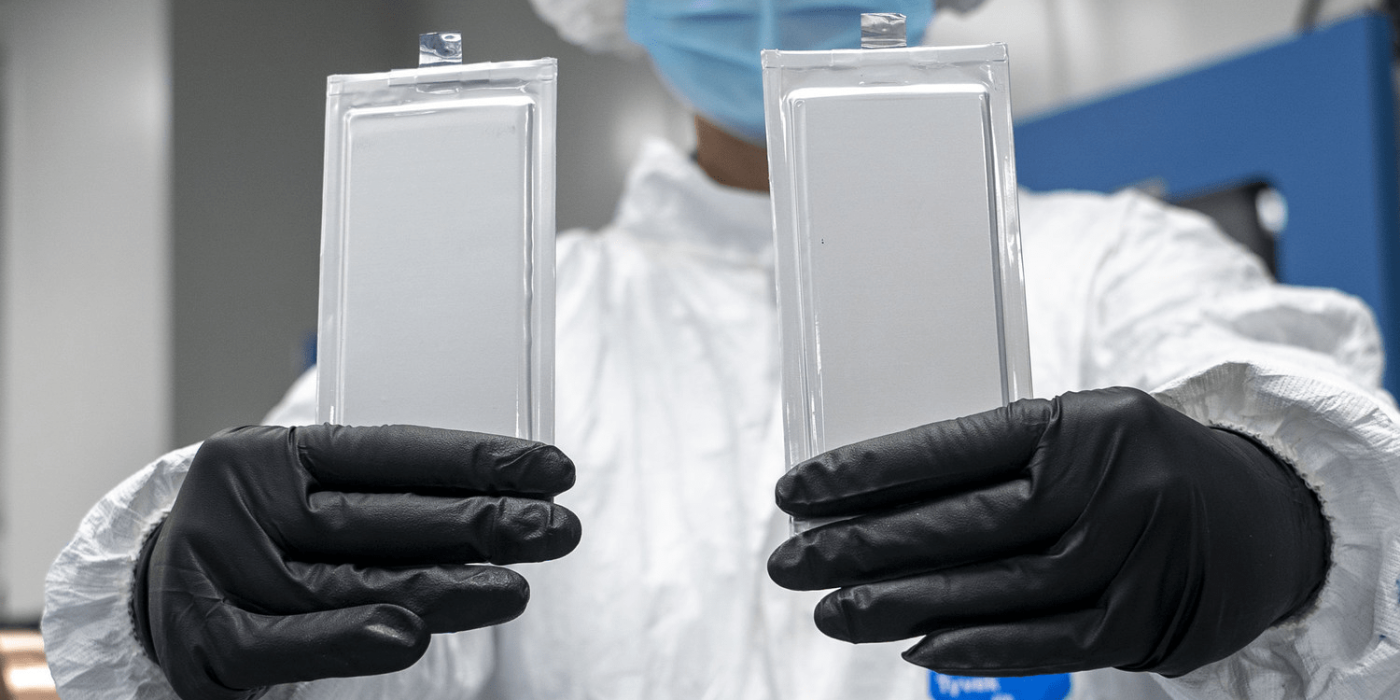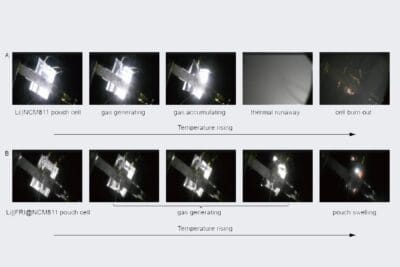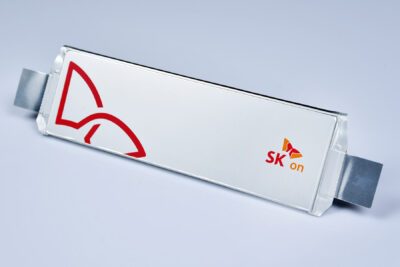US government funds twelve battery research projects
The US Department of Energy is funding a total of twelve projects to develop better battery cells for electric vehicles with 42 million dollars as part of the ‘Electric Vehicles for American Low-Carbon Living’ (EVs4ALL) programme. The new cells should be able to be charged faster and be more efficient and resistant.
The corresponding funding was already announced in May 2022 – at that time there was still talk of a funding budget of 45 million dollars. As is well known, the declared goal of the US government is to increase the spread of electric vehicles. EVs4ALL” is intended to support this “by developing batteries that last longer, charge faster, operate efficiently at freezing temperatures, and have better overall range retention”, as the Department of Energy writes in the announcement.
At $5.6 million, the largest single grant goes to Solid Power Operating of Thornton, Colorado. The company will develop a 3D-structured Li metal anode and a novel sulphur (S) composite cathode “to enable high-energy and fast-charging EV battery cells”, according to the statement. Just over $4.8 million is earmarked for the University of Maryland, which will use the support to “increase the charge/discharge-rate capability, energy density, and operating temperature window of solid-state lithium metal batteries”. An even $4 million is going to Zeta Energy in Houston to develop a new anode that will offer higher charge rates, better long-term stability and lower power losses at low temperatures.
All other projects can be found in the Department of Energy announcement linked below.
“Electric vehicle sales in America have tripled since the start of this Administration and by addressing battery efficiency, resiliency and affordability, the projects announced today will make EVs attractive to even more drivers,” said US Secretary of Energy Jennifer M. Granholm. “This is a win-win for our efforts to fight climate change and power America’s clean transportation future with technologies produced by researchers and scientists right here at home.”




